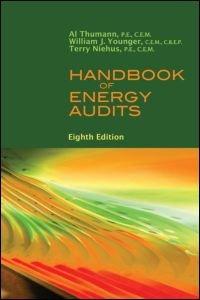Question
Q1- Adam Inc. is a taxable Canadian corporation. This year, the corporation contributed $180,000 to a registered amateur athletic association. Last year, the corporation was
Q1- Adam Inc. is a taxable Canadian corporation. This year, the corporation contributed $180,000 to a registered amateur athletic association. Last year, the corporation was unable to deduct $63,000 of similar donations. This year, the income of the corporation for tax purposes consisted of $310,000 of active business income and $10,000 of property income. The maximum charitable donation deduction for Adam Inc. this year is:
- A.$243,000
- B.$240,000
- C.$232,500
- D.$180,000
Q2- ABC Company has an office in Alberta and a manufacturing facility in British Columbia. They have the following information related to these operations for the current year:
Alberta location: Value of building and equipment - $5,600,000 Gross revenues - $3,600,000 Salaries and wages - $1,300,000
British Columbia location: Value of building and equipment - $10,600,000 Gross revenues - $9,400,000 Salaries and wages - $4,400,000
Based on this information, how much of company's taxable income will be allocated to Alberta?
Choose the correct answer:
- A.28.8%
- B.25.25%
- C.22.81%
- D.27.69%
Q3- Stratford Ltd. has net income for tax purposes in the current taxation year of $124,500. Included in this are the following amounts:
Active business income - $107,500 Dividends received from taxable Canadian corporations - $10,200 Taxable capital gains - $6,800
At the beginning of the current taxation year, Stratford Ltd. had a net capital loss carry over balance of $10,000 and a non-capital loss carry over balance of $23,500.
Based on this information, what is Stratford Ltd.'s taxable income in the current year?
- A.$84,000
- B.$94,200
- C.$63,800
- D.$91,000
Q4- Which of the following statements BEST describes the "stop loss" rules for a corporation as per ITA 112(3) and (3.01)?
- A.The "stop loss" rules prevent a corporation that owns less than 5% of another corporation's shares for less than one year, from receiving a tax-free dividend and then selling the shares and triggering a capital loss.
- B.The "stop loss" rules increase the loss on disposition of shares held by a corporation for less than one year by the amount of dividend received on those shares.
- C.The "stop loss" rules apply to both individuals and corporations that own more than 5% of another corporation's shares for less than one year.
- D.The "stop loss" rules reduce the loss on disposition of shares held by a corporation for less than one year by the amount of dividend received on those shares.
Personal and corporate taxation
Step by Step Solution
There are 3 Steps involved in it
Step: 1

Get Instant Access to Expert-Tailored Solutions
See step-by-step solutions with expert insights and AI powered tools for academic success
Step: 2

Step: 3

Ace Your Homework with AI
Get the answers you need in no time with our AI-driven, step-by-step assistance
Get Started


